How gastric pH affects pig gut health
Pig gut health is a trending topic these days. It is among others related to the pH development in the pig digestive system. Various scientific publications demonstrate a large variation in the pH development of the gastrointestinal tract of the pig. When feed is entering the stomach, the pH will rise. This is also related to the meal size (Chiang et al., 2008). A higher feed intake will keep the stomach pH to levels above 4 to 5 for longer periods.
An acidic stomach pH has two main functions:
- onset of protein digestion;
- inactivation of potential pathogenic bacteria
In the small intestine, pH increases further to levels of 6 to 7. Due to the fermentation of fibre and subsequent production of volatile fatty acids, the pH drops again in the large intestine to levels between 5 and 6.
Hence, it is crucial to maintain a low and stable stomach pH to drive feed conversion and support pig gut health. Question is: “How to maintain optimum gastric pH and minimise pH fluctuations along the digestive tract of a pig?”
Video: pH development in gastrointestinal tract of a pig
Hydrochloric acid (HCl) drives stomach activity
A lower stomach pH will increase the level of HCl leading to a better balance and activation of enzymes. Regulating a lower and stable stomach pH will transfer the inactive enzyme pepsinogen into its active form pepsin. As a result, proteins are hydrolysed and digested.
Maintaining a lower and stable stomach pH will reduce the risk for pathogenic bacteria and will also increase HCl levels to drive protein digestion. Ultimately, this will reduce pathogenic pressure at a later stage in the digestive system.
The digestive system of piglets needs special attention, since this is not fully developed around weaning. Piglets are only able to produce limited amounts of HCl. Hence, acidification of feed by the stomach is a challenge at such a young age. Controlling the dietary buffering capacity in piglet feeds is a commonly used strategy.
Acid Binding Capacity
The pH of feed is depending on the feedstuffs used. Usually the level will be around pH 6 to 7. The stomach pH fluctuation is depending on the meal size. Higher feed intake means that the pH will increase more. Hence, the time feed remains in the stomach is longer than with a small meal.
A way to evaluate the impact of feedstuffs on stomach pH is by measuring the Acid Binding Capacity (ABC). Generally, this value is measured at pH 3 (ABC-3) or 4 (ABC-4) (Lawlor et al., 2005 & Lawlor et al., 2006). However, the ABC value will not identify the impact on pH of a feedstuff over a longer period of time.
Higher ABC values for a feedstuff means a higher buffering potential. Lower or negative values mean that the feedstuff has acidifying properties. Hence, such a feedstuff is beneficial to maintain a lower stomach pH.
Literature shows that mineral sources have much higher ABC values compared to cereals and protein sources. Due to the low inclusion rate of vitamins and minerals, their impact is relatively limited. However, the mineral solubility and availability should also be taken into consideration, and especially how their reactivity is over a longer period of time under different pH circumstances.
Acid Binding Capacity (ABC) feed ingredients (source: Lawlor et al., 2005)

Pig gut health supplement CeltiCal
Mineral sources such as limestone, magnesium oxide and sodium bicarbonate are commonly used in pig(let) diets. However, such feed ingredients increase the buffering capacity of a pig diet. Mineral salts, such as calcium formate, are common practice to counteract the buffering potential. However, palatability and handling in the factory can be an issue.
When selecting mineral solutions, someone should consider:
- Can the mineral source be solubilised within a broad pH range?
- Will the minerals reduce pH fluctuations over a longer period of time?
Selecting the right mineral sources is of crucial importance to drive feed utilization, feed conversion ratio and support pig gut health. An example of such a nutritional solution is the novel marine mineral supplement CeltiCal. This 100% natural animal feed ingredient contains 74 macro and trace minerals playing together in concert due to the unique honeycomb structure with a high surface area. The unique marine mineral matrix allows for a rapid solubilisation, also at higher pH levels. Hence, CeltiCal delivers perfectly bioavailable macro and trace minerals in an ionised form to the digestive system of a pig.

Microscopic view specific for CeltiCal. Magnitude 350x (left) and 1,600x (right)
© Celtic Sea Minerals
CeltiCal reduces pH fluctuations in the gut
Due to the honeycomb structure of the marine algae, CeltiCal solubilizes rapidly in the stomach. This results in a short buffering time, reducing the effects of the buffering activity of CeltiCal. Subsequently, CeltiCal can help to acidify the stomach of pigs, to ensure optimal protein digestion. This is especially important when comparing CeltiCal to limestone. The optimal pH for solubilizing limestone is around pH 3. Solubility declines rapidly when the gastro-intestinal pH rises and consequently, limestone will buffer for a longer period of time. This results in a buffering effect in the stomach, and also in the small and large intestine.
On the other hand, in vitro research performed by Celtic Sea Minerals has shown that CeltiCal solubilises within a broad pH range and at a higher rate than limestone. The superb solubility for CeltiCal is due to the unique polymorph structure with a large surface area. The research performed at Stellenbosch University in 2014 shows that the inclusion of CeltiCal reduces pH in all sections of the pig digestive system and that the fluctuations between different parts of the gastro-intestinal tract are reduced.
The reduced pH in the stomach of pigs fed CeltiCal can help to:
- Enhance protein digestion through an enhanced activation of the protein hydrolysing enzyme pepsin
- Reduce the chances of survival of pathogenic bacteria that are entering the stomach
- Reduce the emptying rate of the stomach into the small intestine
Especially the reduced emptying rate, which has been associated with a reduced pH, is an interesting side effect (Lawlor et al., 2006). A reduced gastric emptying rate allows a better “soaking” time for the protein degrading enzymes, thereby promoting protein digestion. However, it could also be speculated that this is one of the mechanisms in which CeltiCal can help to reduce the prevalence and severity of gastric ulcers in pigs.

CeltiCal optimises the pH in the gastrointestinal tract (source: Steenkamp et al., 2014)
Conclusions
In summary, it could be concluded that pH fluctuations in the gastro-intestinal tract of pigs is natural. However, feedstuffs have different effects on the fluctuations of the pH and subsequent health and digestion. An optmal pH range in the pig digestive system is crucial for sustaining Performance Excellence and pig welfare.
Over twenty research papers specific for our pig health supplement CeltiCal have demonstrated the very clear potential to optimise the pH development in the pig digestive system. As a result, CeltiCal reduces the occurrence and severity of stomach lesions and gastric ulcers in pigs (read the article here). In return, pig producers get an easy to manage high performing herd with relaxed animals. CeltiCal enables to optimise feed conversion ratio and support pig welfare at the same time.
CeltiCal offers nutritional solutions for:
- long term optimum pH in the pig digestive system
- improved feed conversion ratio & pig production efficiency
- gut health, reduce inflammation and gastric ulcers
- pig welfare, reduced stress levels in swine
The report of Steenkamp (2014) is published by Stellenbosch University Library. Download the full report here and get powered by our science.

Related articles
 https://celticseaminerals.com/wp-content/uploads/2021/02/Transition-cow-Acid-Buf-CSM-800x600-1.png
600
800
Patricia
https://celticseaminerals.com/wp-content/uploads/2020/01/Celtic_13.png
Patricia2021-02-08 15:05:032023-03-02 13:35:35Transition Cow Management
https://celticseaminerals.com/wp-content/uploads/2021/02/Transition-cow-Acid-Buf-CSM-800x600-1.png
600
800
Patricia
https://celticseaminerals.com/wp-content/uploads/2020/01/Celtic_13.png
Patricia2021-02-08 15:05:032023-03-02 13:35:35Transition Cow Management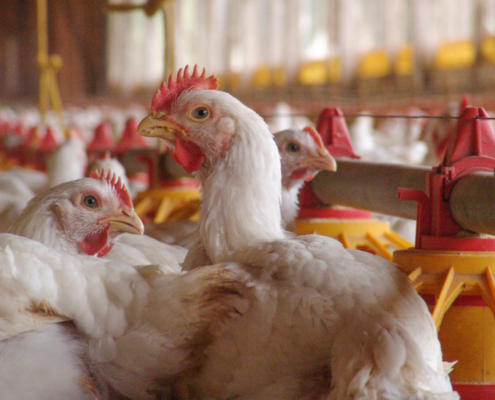 https://celticseaminerals.com/wp-content/uploads/2020/11/CSM-CeltiMin-layers-featured-image-webpage-800x600-1.png
600
800
Patricia
https://celticseaminerals.com/wp-content/uploads/2020/01/Celtic_13.png
Patricia2020-11-03 15:41:302023-03-02 13:36:21How to prevent eggshell quality problems?
https://celticseaminerals.com/wp-content/uploads/2020/11/CSM-CeltiMin-layers-featured-image-webpage-800x600-1.png
600
800
Patricia
https://celticseaminerals.com/wp-content/uploads/2020/01/Celtic_13.png
Patricia2020-11-03 15:41:302023-03-02 13:36:21How to prevent eggshell quality problems?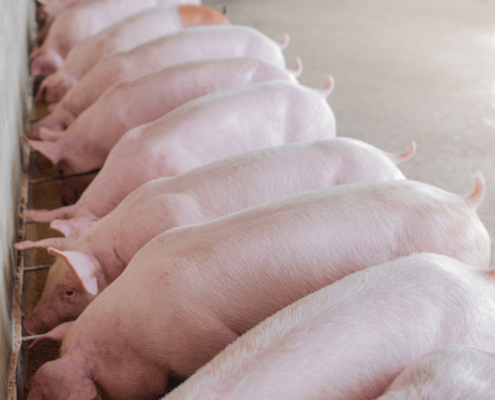 https://celticseaminerals.com/wp-content/uploads/2020/09/CSM-featured-image-gastric-pH-800x600px.png
600
800
Patricia
https://celticseaminerals.com/wp-content/uploads/2020/01/Celtic_13.png
Patricia2020-09-20 15:10:092023-03-02 13:36:48How gastric pH affects pig gut health
https://celticseaminerals.com/wp-content/uploads/2020/09/CSM-featured-image-gastric-pH-800x600px.png
600
800
Patricia
https://celticseaminerals.com/wp-content/uploads/2020/01/Celtic_13.png
Patricia2020-09-20 15:10:092023-03-02 13:36:48How gastric pH affects pig gut health https://celticseaminerals.com/wp-content/uploads/2020/07/CSM-featured-image-heat-stress-asia.png
600
800
Patricia
https://celticseaminerals.com/wp-content/uploads/2020/01/Celtic_13.png
Patricia2020-07-28 08:45:572023-03-02 13:38:15Heat stress in dairy cows
https://celticseaminerals.com/wp-content/uploads/2020/07/CSM-featured-image-heat-stress-asia.png
600
800
Patricia
https://celticseaminerals.com/wp-content/uploads/2020/01/Celtic_13.png
Patricia2020-07-28 08:45:572023-03-02 13:38:15Heat stress in dairy cows https://celticseaminerals.com/wp-content/uploads/2020/06/CSM-featured-image-feed-efficiency-800x600px.png
600
800
Patricia
https://celticseaminerals.com/wp-content/uploads/2020/01/Celtic_13.png
Patricia2020-06-30 12:28:302023-03-02 13:39:19Improving feed efficiency in dairy cows
https://celticseaminerals.com/wp-content/uploads/2020/06/CSM-featured-image-feed-efficiency-800x600px.png
600
800
Patricia
https://celticseaminerals.com/wp-content/uploads/2020/01/Celtic_13.png
Patricia2020-06-30 12:28:302023-03-02 13:39:19Improving feed efficiency in dairy cows https://celticseaminerals.com/wp-content/uploads/2020/06/CSM-featured-image-piglets-sleeping-800x600px.png
600
800
Patricia
https://celticseaminerals.com/wp-content/uploads/2020/01/Celtic_13.png
Patricia2020-06-23 15:33:152023-03-02 13:40:54How to reduce pig aggression?
https://celticseaminerals.com/wp-content/uploads/2020/06/CSM-featured-image-piglets-sleeping-800x600px.png
600
800
Patricia
https://celticseaminerals.com/wp-content/uploads/2020/01/Celtic_13.png
Patricia2020-06-23 15:33:152023-03-02 13:40:54How to reduce pig aggression? https://celticseaminerals.com/wp-content/uploads/2020/06/CSM-featured-image-beef-cattle-charolais-800x600px.png
600
800
Patricia
https://celticseaminerals.com/wp-content/uploads/2020/01/Celtic_13.png
Patricia2020-06-16 07:25:322023-03-02 13:41:17Fiber digestion drives beef cattle performance
https://celticseaminerals.com/wp-content/uploads/2020/06/CSM-featured-image-beef-cattle-charolais-800x600px.png
600
800
Patricia
https://celticseaminerals.com/wp-content/uploads/2020/01/Celtic_13.png
Patricia2020-06-16 07:25:322023-03-02 13:41:17Fiber digestion drives beef cattle performance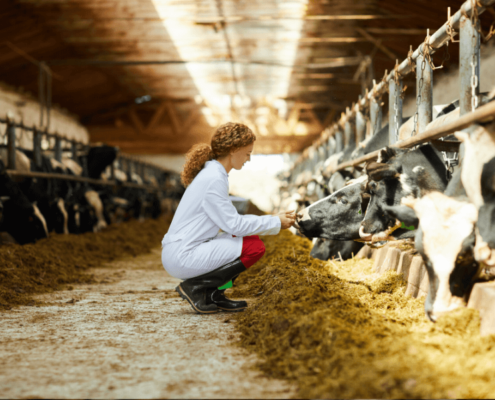 Celtic Sea Minerals
https://celticseaminerals.com/wp-content/uploads/2020/06/CSM-featured-image-dairy-cow-neville-800x600px.png
600
800
Patricia
https://celticseaminerals.com/wp-content/uploads/2020/01/Celtic_13.png
Patricia2020-06-01 20:53:282023-03-02 13:44:46How a rumen buffer drives dairy performance
Celtic Sea Minerals
https://celticseaminerals.com/wp-content/uploads/2020/06/CSM-featured-image-dairy-cow-neville-800x600px.png
600
800
Patricia
https://celticseaminerals.com/wp-content/uploads/2020/01/Celtic_13.png
Patricia2020-06-01 20:53:282023-03-02 13:44:46How a rumen buffer drives dairy performance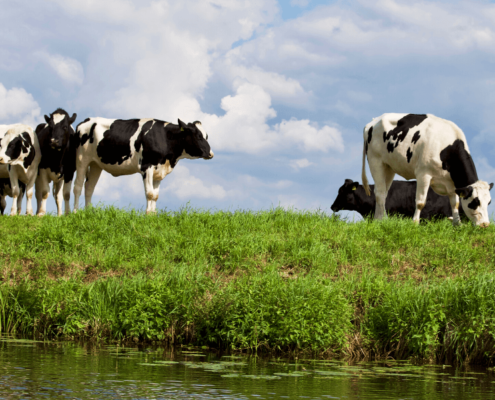 https://celticseaminerals.com/wp-content/uploads/2020/05/CSM-featured-image-holstein-cow-gras-800x600px.png
600
800
Patricia
https://celticseaminerals.com/wp-content/uploads/2020/01/Celtic_13.png
Patricia2020-05-24 21:54:212023-03-02 13:45:11How to reduce the risk for grass staggers?
https://celticseaminerals.com/wp-content/uploads/2020/05/CSM-featured-image-holstein-cow-gras-800x600px.png
600
800
Patricia
https://celticseaminerals.com/wp-content/uploads/2020/01/Celtic_13.png
Patricia2020-05-24 21:54:212023-03-02 13:45:11How to reduce the risk for grass staggers? https://celticseaminerals.com/wp-content/uploads/2020/05/CSM-featured-image-pig-nose-800x600px.png
600
800
Patricia
https://celticseaminerals.com/wp-content/uploads/2020/01/Celtic_13.png
Patricia2020-05-12 22:21:192023-03-02 13:46:30How to prevent gastric ulcers in pigs?
https://celticseaminerals.com/wp-content/uploads/2020/05/CSM-featured-image-pig-nose-800x600px.png
600
800
Patricia
https://celticseaminerals.com/wp-content/uploads/2020/01/Celtic_13.png
Patricia2020-05-12 22:21:192023-03-02 13:46:30How to prevent gastric ulcers in pigs? Celtic Sea Minerals
https://celticseaminerals.com/wp-content/uploads/2020/04/CSM-Iceland-Marine-Minerals.png
600
800
Patricia
https://celticseaminerals.com/wp-content/uploads/2020/01/Celtic_13.png
Patricia2020-04-20 07:15:212023-03-02 13:48:33Marine Minerals Nutrition Platform
Celtic Sea Minerals
https://celticseaminerals.com/wp-content/uploads/2020/04/CSM-Iceland-Marine-Minerals.png
600
800
Patricia
https://celticseaminerals.com/wp-content/uploads/2020/01/Celtic_13.png
Patricia2020-04-20 07:15:212023-03-02 13:48:33Marine Minerals Nutrition Platform Celtic Sea Minerals
https://celticseaminerals.com/wp-content/uploads/2020/04/CSM-dairy-cow-udder-milk-fat.png
600
800
Patricia
https://celticseaminerals.com/wp-content/uploads/2020/01/Celtic_13.png
Patricia2020-04-19 18:50:522023-03-02 13:47:30How to increase butterfat in dairy cows?
Celtic Sea Minerals
https://celticseaminerals.com/wp-content/uploads/2020/04/CSM-dairy-cow-udder-milk-fat.png
600
800
Patricia
https://celticseaminerals.com/wp-content/uploads/2020/01/Celtic_13.png
Patricia2020-04-19 18:50:522023-03-02 13:47:30How to increase butterfat in dairy cows?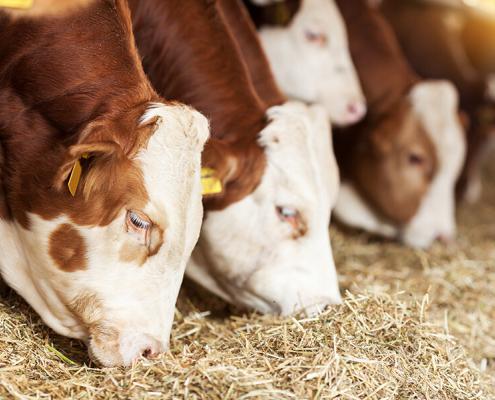 Celtic Sea Minerals
https://celticseaminerals.com/wp-content/uploads/2020/02/koe2.jpg
600
800
Patricia
https://celticseaminerals.com/wp-content/uploads/2020/01/Celtic_13.png
Patricia2020-02-14 21:43:062023-03-02 13:47:50How to prevent rumen acidosis?
Celtic Sea Minerals
https://celticseaminerals.com/wp-content/uploads/2020/02/koe2.jpg
600
800
Patricia
https://celticseaminerals.com/wp-content/uploads/2020/01/Celtic_13.png
Patricia2020-02-14 21:43:062023-03-02 13:47:50How to prevent rumen acidosis?You want to get powered by our science?

Strand Farm
Curraghbinny
Carrigaline
Co.Cork
P43 NN62, Ireland
T: +353 21 437 8377
E: info@celticseaminerals.com
Our marine minerals are fully compliant with the following globally recognised quality assurance schemes:



